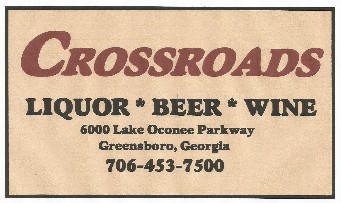


Beer
Ales - Made with "top fermenting" yeasts which is active at higher temparatures (60-70 degrees F) and ferment quicker than Lagers, usually a week or so. They also produce esters, the fruity flavory scents.
IPA (India Pale Ale) - In the 1830's Britian loaded beer with hops as a preservative for long voyages to India colonies. It has twice the hops and is spicy and bitter.
Pale Ale - Broad term describes a wide range of beers. Originated in 1800's England, brewers changed from wood fired kilns that had uneven heat and turned barley too dark to processed coal which is easier to control and produces a lighter roast and pale beer.
Brown Ale - Broad term, all beer was brown before Pale Ales. Tend to be malty, can be gentle and sweet or hoppy and carbonated.
Porter - A dark brew with a robust chocolate or coffee flavor. Once very popular until Pale Ales and Pilsners took over. Microbreweries helping comeback. Balanced middle of the ground between harsh fresly brewed and sour staleness of aged beer.
Stout - May be offshoot of Porter, Guiness in Ireland. Thick and creamy with a foamy head.
Lagers - Brewed using "bottom fermenting" yeast which is active in colder temperatures (34 degrees F). Matures slowly and tends to have hoppier profile. Easy drinking, crisp, yellow pale lagers account for large worldwide consumption.
Pilsner - Appearing late (1842), has large market share today. Clean, simple flavor, low bitterness. Refreshing and easy to drink, goes with anything. Pilsner Urquell was the first.
Bock - Stonger, darker, maltier, smooth with lower carbonation and low hop flavor.
Morzea - Roots in Bavaria, dark brown, full bodied and bitter.
Dunkel - Lager version of Porter, full bodied, dark with a clean lager finish.
Water is important for beer brewing, must have the right PH balance. Denver, Antwerp Belgium and Munich Germany are big producers.